Livermore has deployed “Ruby,” a high performance computing cluster that will perform functions for the National Nuclear Security Administration and support the Laboratory’s COVID-19 research.
Science and Technology
in the News
Science and Technology
in the News
News Center
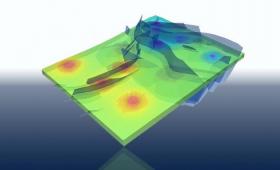
Livermore, Total, and Stanford University are releasing an open-source, high-performance simulator for large-scale geological carbon dioxide storage.

The Association for Women in Mathematics announced it has named Livermore computational scientist Carol Woodward as a 2021 fellow, recognizing her commitment to supporting and advancing women in the mathematical sciences.
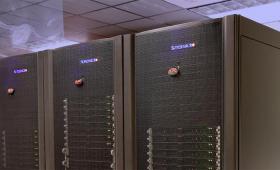
Livermore and its partners AMD, Supermicro and Cornelis Networks have installed a new high-performance computing (HPC) cluster with memory and data storage capabilities optimized for data-intensive COVID-19 research and pandemic response.
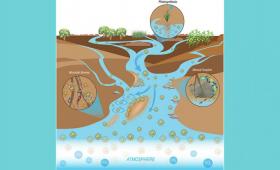
Livermore scientists and collaborators have created a new conceptual framework as well as a simulation model that traces the path of individual carbon atoms as they interact with the environment.
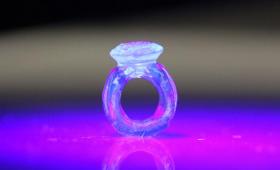
Livermore researchers have adapted a new class of materials for their groundbreaking volumetric 3D printing method, greatly expanding the range of material properties achievable.

A team of LLNL computer scientists and a collaborator from Argonne National Laboratory won the Best Paper Award at the International Workshop on OpenMP (IWOMP) 2020.
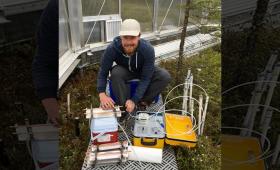
A research team has identified paleowater—water that recharged before the Holocene started 12,000 years ago—using three key isotopic indicators of groundwater residence time
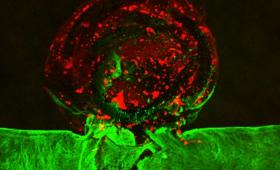
Medical practitioners may be able to improve existing treatment methods and develop new personalized ones for brain aneuryms, thanks to researchers at Livermore and their outside collaborators.
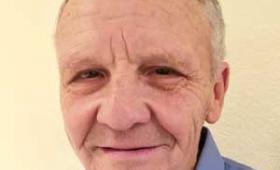
Craig Tarver has been honored with the American Physical Society’s 2021 George E. Duvall Shock Compression Science Award.


